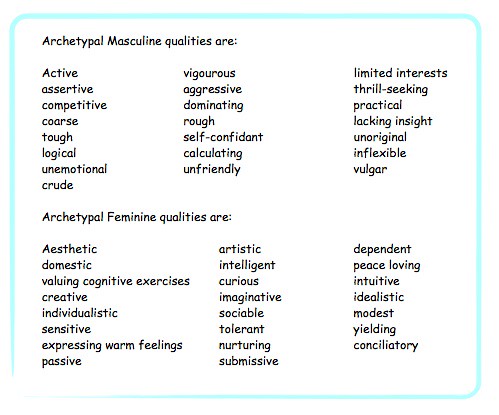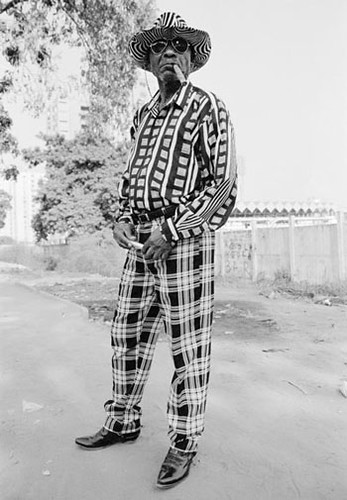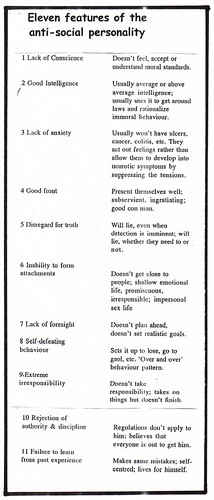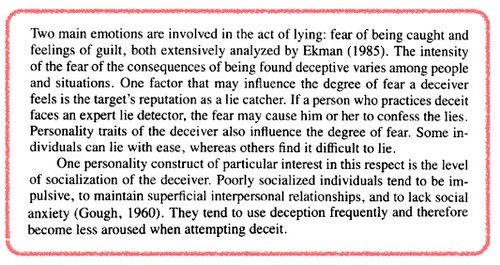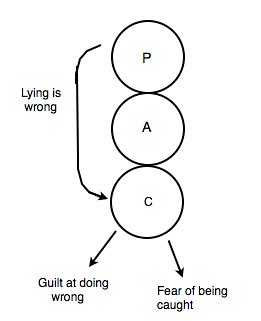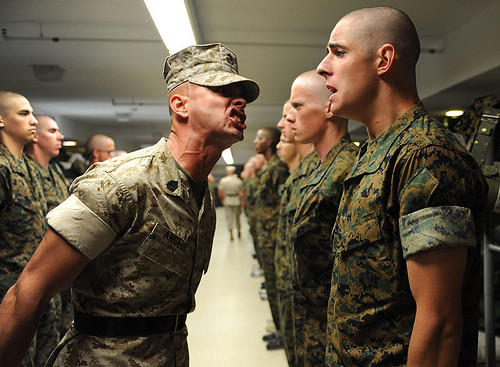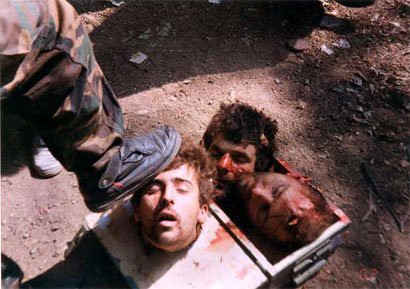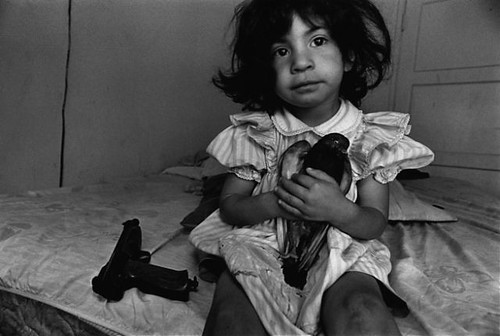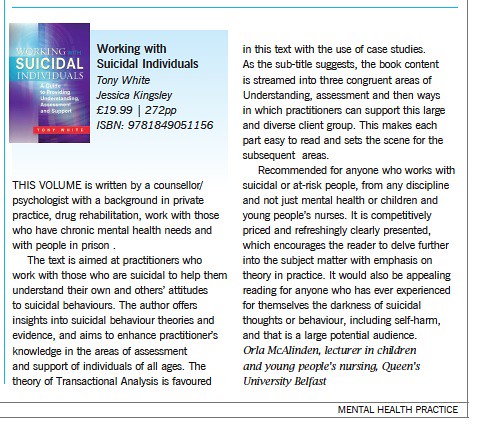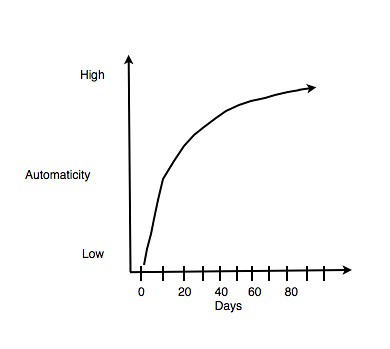This comes from the quarterly magazine of the United Kingdom Association for Transactional Analysis (Summer 2013)
The book review editor states:
The second book takes us to clinical work with alcohol and drug dependent clients. Tony White’s Working with Drug and Alcohol Users: A Guide to Providing Understanding, Assessment and Support was also published last year, by Jessica Kingsley. Tony White, a TSTA living and working in Australia, also wrote Working with Suicidal Individuals: A Guide to Providing Understanding, Assessment and Support, reviewed by Sue Brady in the Transactional Analyst (Autumn 2011). Jo Moores, TA psychotherapist and trauma specialist, gained experience of the complex world of substance dependency when working with The Big Issue In the North. Jo recommends Working with Drug and Alcohol Users as both ‘an accessible and concise introduction to our relationship with substances and the different roles they play in our lives’, and also as ‘a reflection of the author’s extensive experience and practice wisdom’. After an overview, Jo engages critically with Tony’s ‘TA theory of addiction’. She argues for the importance of the development of our theory on this central issue.
Readers are invited to write in with their views.
Dr Celia Simpson
Review
Working with Drug and Alcohol
Users: A guide to providing
understanding, assessment and
support.
By Tony White
Published by Jessica Kingsley
Publishers, London, 2012.
Review by JO MOORES
TONY WHITE’S BOOK brought back to me a vivid memory of working with people who were street homeless and who invariably had substantial drug and alcohol problems. The memory was of a young woman fresh from detox who was talking about how she could build a life for herself without drugs. She became deeply distressed and disclosed experiences of being raped. For her, life without the emotional blanket of heroin felt untenable as she was flooded with traumatic memories. A few days later I saw her back on the streets asking for money, eyes glazed over and, as Tony White would say, back in a symptomatic relationship with her drug of choice.
This book is an accessible and concise introduction to our relationship with substances and the different roles they play in our lives. Speaking in the same breath of cocktail parties and injecting heroin users, White destigmatises the very human act of using substances to alter our minds, moods and experiences. Working with Drug and Alcohol Users manages to be both a beginner’s guide to the complex world of substance dependency and a reflection of the author’s extensive experience and practice wisdom.
Part One is titled ‘The Foundations of Drug and Alcohol Counselling’ and contains useful information about different kinds of drugs, self disclosure, drug induced psychosis, gateway and poly-drug use and the different perspectives on addiction and treatment that have developed over the past century . In addition to providing the reader with a basic introduction to Transactional Analysis, Tony White then builds his case for the centrality of relationship and identity formation in the development of substance addiction, using the concepts of symbiosis and attachment to outline what he calls his ‘ TA theory of addiction’.
He contends that there has been an inadequate development of the Parent and Adult ego states resulting in a marked difficulty to self-soothe, set boundaries and limit the hedonism of the Free Child. He argues that ‘as a consequence the drug user will seek out another person or thing to take on the personality functions of her own Parent and Adult ego state and form a symbiosis with that. Drugs can do this well for some’ (p.57). He observes that listening to the dependent substance user talk about their relationship to their drug of choice is like listening to someone talk about ‘their husband or wife’. He also suggests that the symbiotic relationship may be with people, organisations or beliefs, citing an example of recidivist offenders who appear to only function well in prison. White then focuses on attachment theory, using research evidence to underpin his contention that certain kinds of problematic attachment are closely correlated to drug and alcohol dependencies in later life. He suggests that difficulties with separation/individuation and the formation of identity lead to the equivalent of a dependent personality disorder, where addicted drug users experience strong proximity-seeking behaviour and deep fears of being without their drug of choice.
Chapter Four offers a clear framework for assessing different types of substance use and misuse, from the experimental and recreational user at one end of the spectrum to the symptomatic and ‘true’ addict at the other. The author presents an overview of mainstream drug counselling responses for the first four types of drug and alcohol use, including some gems of clinical experience around working effectively with the Rebellious Child. Using the concept of the four ‘Ls’ – Liver, Lover, Livelihood and Legality, he offers a simple yet effective way for both the counsellor and the drug user to think about harm. For the last two types of use, the symptomatic and the dependent user, he argues that while both are addicted, their relationship to their drug of choice is different. He contends that symptomatic users are self-medicating, that their drug use is to solve a problem rather than being used in a habitual way, and that once the underlying difficulty eg PTSD, depression etc is attended to, their need for drugs dissipates.
Part Two outlines specific drug and alcohol techniques and interventions such as Harm Reduction Counselling, making a thorough Assessment, working with Ambivalence using Motivational Interviewing and how to work effectively with Relapse. The author’s work focuses on Relapse Process work rather than Relapse Prevention, as he suggests relapse is often inevitable and that coming off drugs is like leaving a relationship: it’s a process, often a painful one, with the varying degrees of difficulty reflecting the duration, intensity, quality and meaning that each relationship has. In this chapter, White writes compellingly of the ‘beginning of the end’ when the dependent drug user gathers enough momentum for change, where the drug counsellor is looking to heighten separation anxieties to enable their ‘psychological extraction’ from drug careers. He uses a number of touching case study examples to show the turmoil and emotional charge involved in letting go of this once crucial part of the client’s identity and existence.
The strengths of this book are in the author’s generous sharing of his clinical experience and wisdom and in his promotion of Transactional Analysis as an important resource to those working in drug and alcohol treatment services.
I had hoped to find relevant pieces of literature from the TA canon such as Jody Boliston-Mardula’s work on Appetite Paths (Boliston-Mardula, 2001), Robin Hobbes’ articles on TA and Attachment (Hobbes, 1997) and Jo Stuthridge on TA and Trauma (Stuthridge, 2006). Their lack of inclusion left me with a sense of theoretical incompleteness and insularity.
Trauma and PTSD are mentioned clinically but are surprisingly absent from theory. This matters, as White later hypothesises a difference between symptomatic drug use and dependent drug use, between people with addiction problems who have experienced trauma or have an underlying mental health problem and those who haven’t, a distinction in my experience that often doesn’t hold up. Stuthridge writes that trauma impairs the developing Adult ego state’s capacity for selfnarrative, resulting in disassociated ego states (Stuthridge 2006). These un-integrated aspects of self are then enacted with others again and again as the ‘traumatic script’ plays out. Rather than a lack of introjected adequate Parent and Adult ego states as Tony White suggests, an alternative perspective would suggest that there is a reliving of the original unsatisfying, abandoning or abusive relationship, a view that would certainly fit with the daily repeated experience of chaos and distress that is the dependent drug and alcohol user’s life
While researching my response to this book I became curious about the TA canon on drug and alcohol addiction, a story that was once central and now appears to have been marginalised. Indeed it was difficult to find the articles by Mardula and Hobbes as they are not included in our core publication, the TAJ. Given that addiction has been described as one of the most pressing public health emergencies facing westernised societies (Buchmnan et al., 2010), I am curious about why this discourse has fallen from favour, and grateful to Tony White for bringing this important and timely conversation back to the table.
References
Boliston-Mardula, J. (2001). Appetite Path Model. TA UK,
61 pp9-14.
Boyce, W.T. (2006). Symphonic causation and the origins
of childhood psychopathology. In Chichetti, D. & Cohen,
D.J. (Eds.), Developmental Psychopathology (2nd ed.) Vol.
2: Developmental Neuroscience (pp797-817). New York,
NY: John Wiley and Sons.
Buchman, D.Z. et al. (2010). The Paradox of Addiction
Neuroscience. Neuroethics 4(2), pp65-77. DOI
10.1007/s12152-010-9079-
Hobbes, R. (1997). Attachment Theory and Transactional
Analysis, Parts One and Two. (Retrieved from
http://www.elantraining.org/downloads.html#sh3).
(Originally published in ITA News, 46 & 47).
Shaffer, Howard J. (1986). Conceptual crises and the
addictions. Journal of Substance Abuse Treatment, 3,
pp285-296.
Stuthridge, J. (2006). Inside Out: A Transactional Analysis
Model of Trauma. Transactional Analysis Journal, 36(4),
pp268-283.
Jo Moores CTA, has a private psychotherapy practice in South Manchester. She has an interest in working with trauma using a combination of Transactional Analysis and EMDR, and enjoys working with couples. She worked at The Big Issue In the North for nearly a decade, working to improve services for homeless people and those struggling with drug and alcohol dependencies. Her web address is
www.psychotherapymanchester.com




